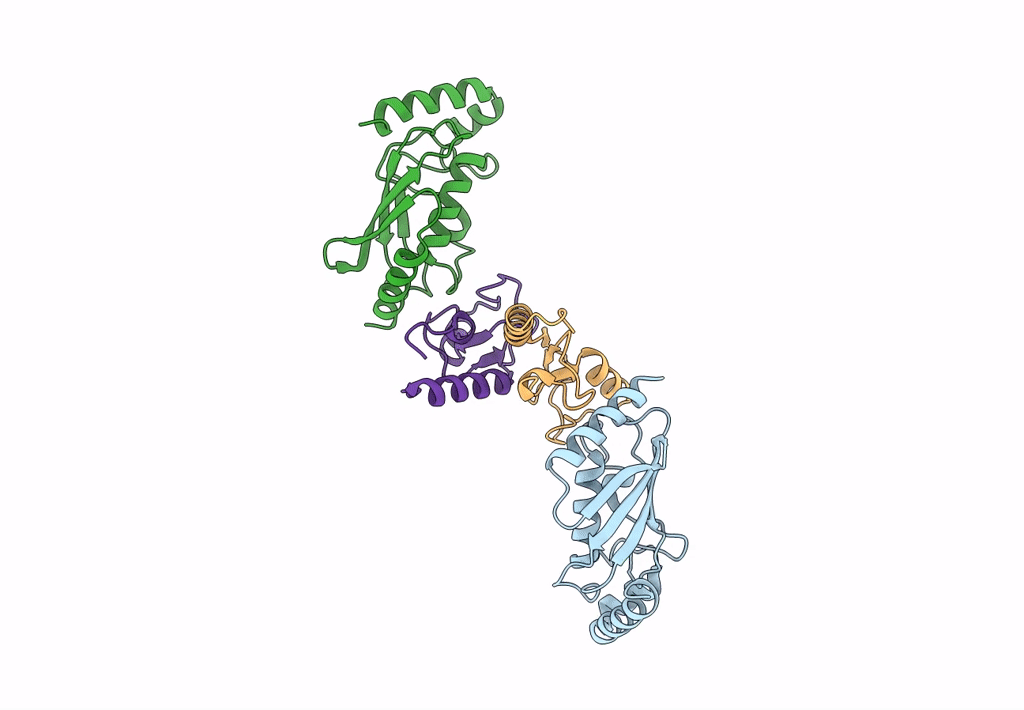
Deposition Date
2022-03-30
Release Date
2023-10-04
Last Version Date
2024-06-19
Entry Detail
Biological Source:
Source Organism:
Oryza sativa Japonica Group (Taxon ID: 39947)
Host Organism:
Method Details:
Experimental Method:
Resolution:
2.50 Å
R-Value Free:
0.24
R-Value Work:
0.23
R-Value Observed:
0.23
Space Group:
P 21 21 2


